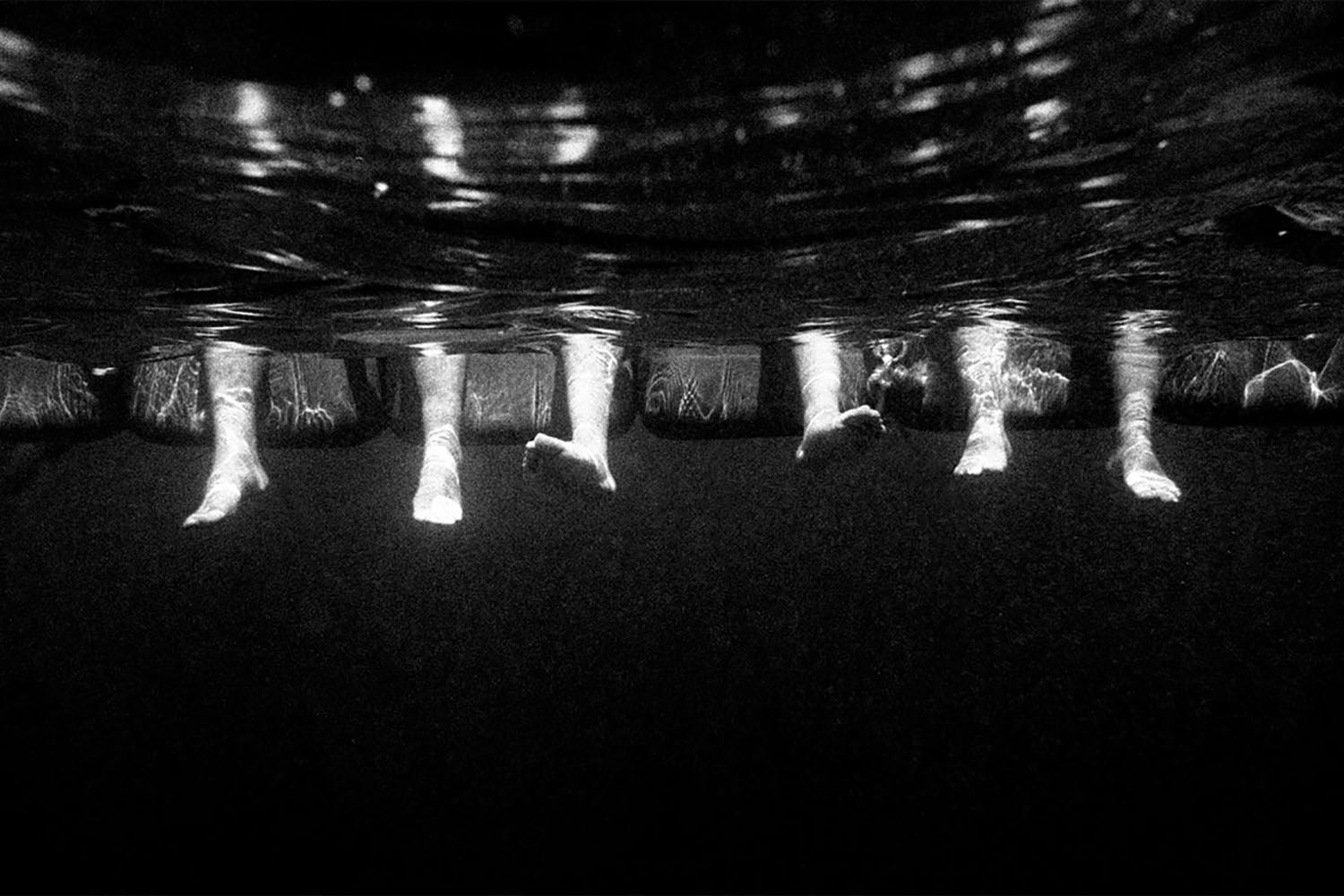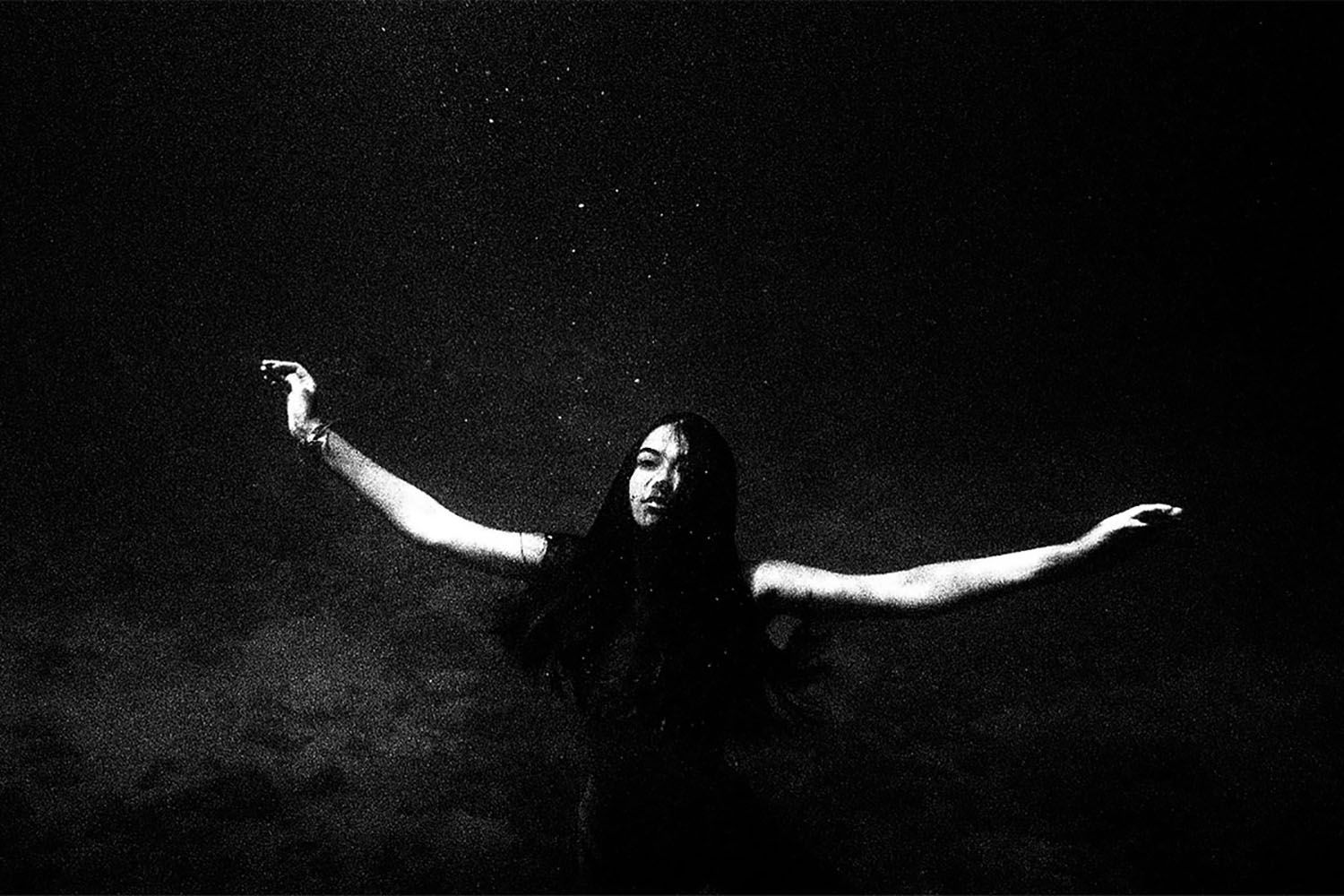How do we define street photography today? When we think about the classic genre, sharp lighting and geometric, contrasting shapes often come to mind, along with stolen glances from eccentric passersby. The work of seminal figures like Berenice Abbott and Henri Cartier-Bresson shaped our earliest definitions of the street style, and their practice was motivated by curiosity, captured through their natural reactions to everyday moments in major cities.
But as photography’s accessibility spread, so too did the possibilities for classifying the genre of street styles. Everyday life manifests differently for individuals all over the world, and the parameters for what define a “street” are constantly in flux—for some it’s still a sidewalk in a bustling metropolis, but for others it’s a beach, an empty road, or even the structures that come into view when we lift our eyes up from the road.

For Turkish photographer Haluk Safi, redefining the limitations of this genre is essential for the medium today. Rather than taking to the streets of Turkey, he approaches the gorgeous beaches of his country as bustling streets, applying classic techniques and stylings to sand and water. Working with both analog and digital processes, Safi’s images in My Sea are united through their black and white aesthetic, and their mysterious grittiness places his scenes somewhere between fantasy and reality. His subjects are seen from numerous vantage points, both in and out of the water, and the alluring, sharp contrast we are used to seeing with classic styles makes a whispered appearance, most noticeable in the contrast between reflective surfaces and charcoal darkness.

“Life on the street flows through us,” Safi explains. “Everyone moves from one point to another while having their own priorities. This creates a flow waiting to be captured by certain individuals: the ones who are committed to photography.” While people go about their daily routines on the beach, Safi captures their movements and activities in poetic stills, and sees it as his creative responsibility to transform these everyday moments into an emotive artform.
“We are street photographers trying to create our own music,” he reflects. “We do not use a tangible tune that’s been created and printed on a paper like a composer would do. It doesn’t matter whether you choose to prepare a composition before you start capturing your frames, or create an improvised music in the flow of the street with notes you catch with your own style. We photographers are, in fact, just trying to produce our own music.”
Editor’s Note: Haluk Safi’s series was the 3rd Place Series Winner in this year’s LensCulture Street Photography Awards. You can check out Safi’s project, as well as the work from our other winners, finalists and juror’s picks, here.











